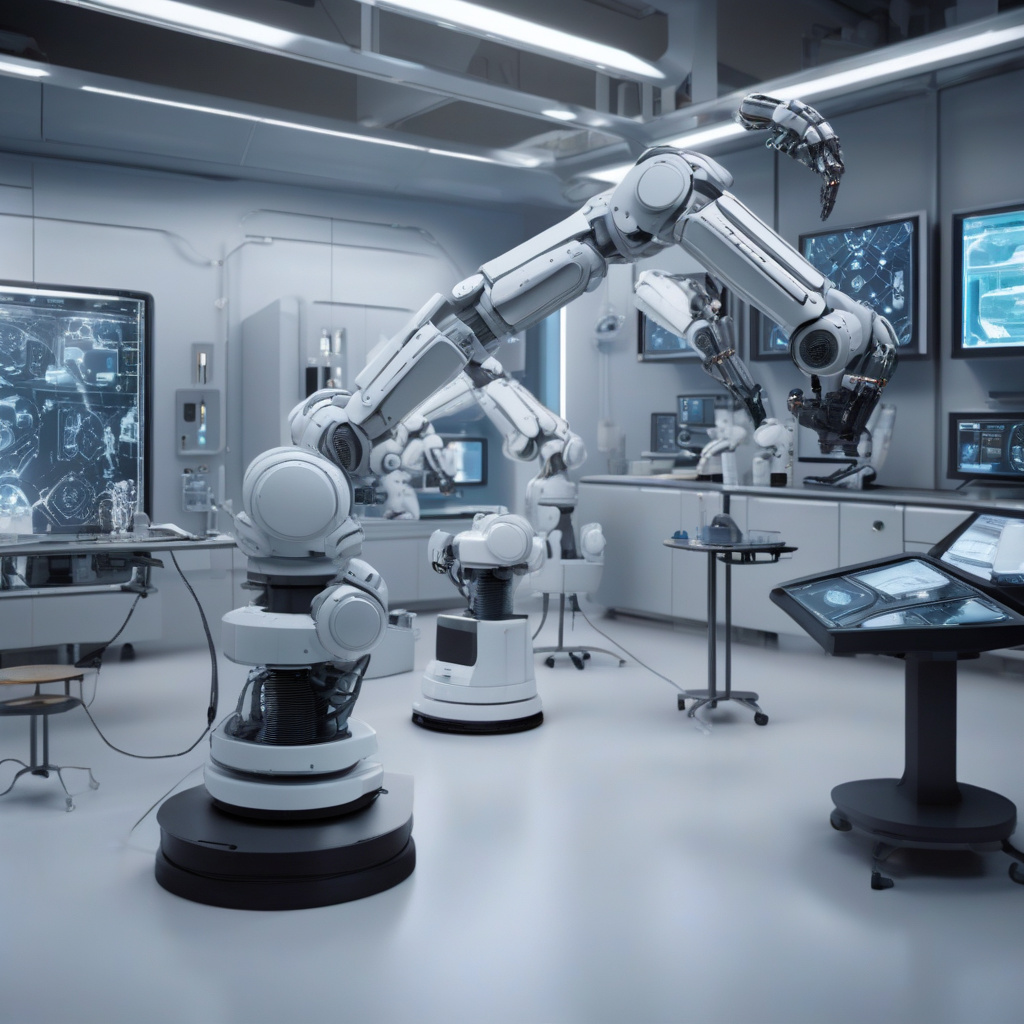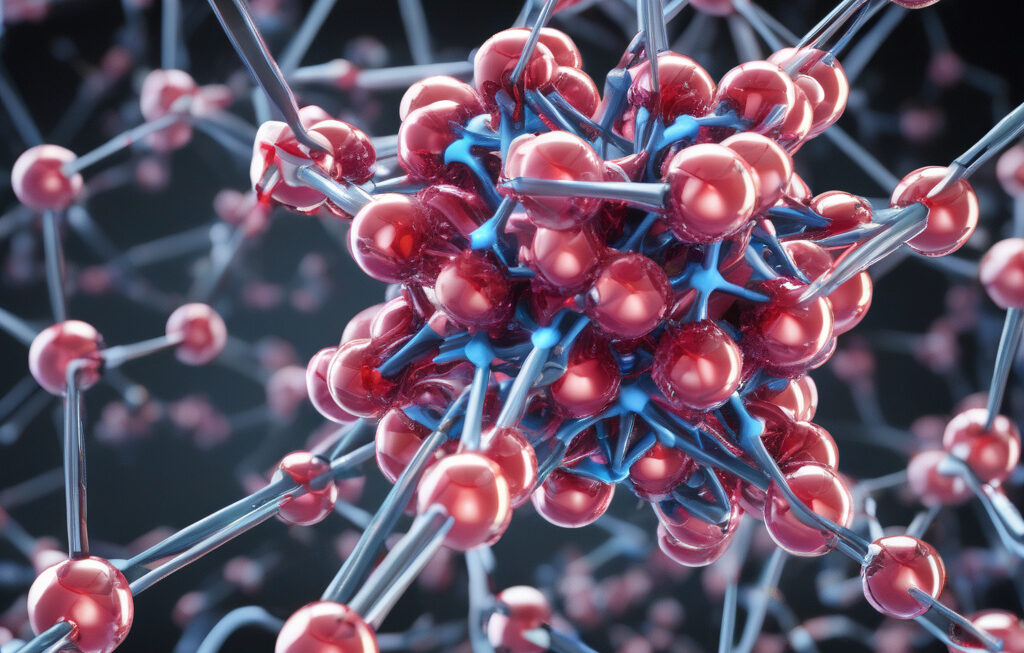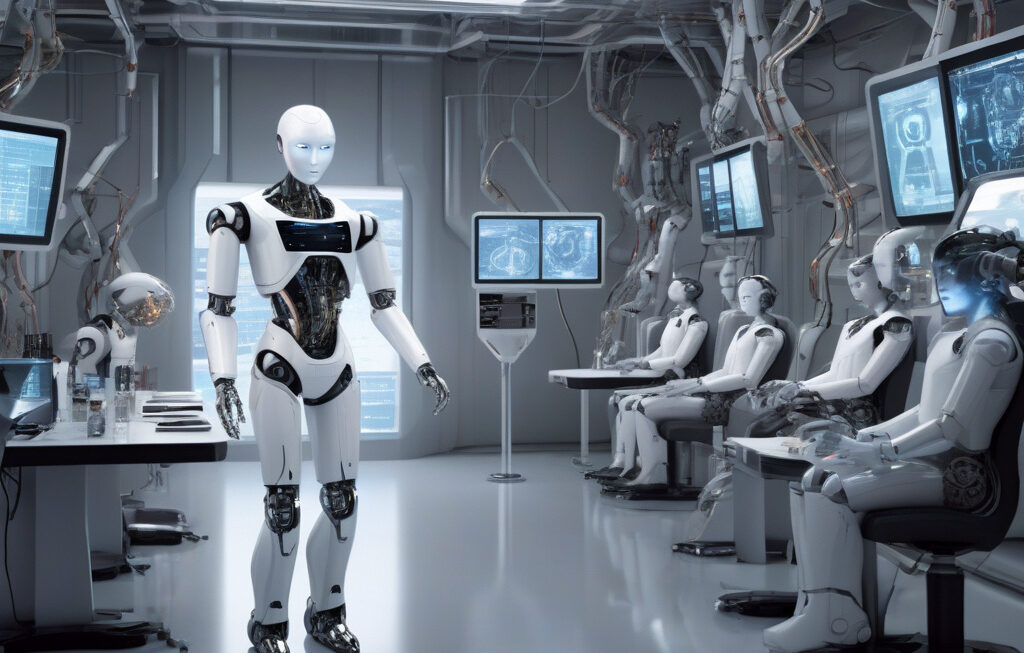Robotics, AI Drive Materials Research Breakthrough in Autonomous Synthesis System
Researchers at the University of Tokyo have unveiled a fully automated digital laboratory system capable of revolutionizing materials research through the power of robotics and artificial intelligence (AI). This cutting-edge system represents a significant leap forward in the field of autonomous synthesis, promising to streamline processes, accelerate discoveries, and pave the way for unprecedented innovations.
At the heart of this groundbreaking development lies the seamless integration of robotics and AI technologies, enabling the autonomous execution of complex experiments with unparalleled precision and efficiency. By harnessing the power of robotics, researchers can now access a level of consistency and accuracy previously unattainable in traditional laboratory settings. This automation not only minimizes human error but also maximizes output, allowing for the rapid synthesis and testing of a wide range of materials.
Moreover, the incorporation of AI algorithms empowers the system to learn and adapt in real-time, optimizing experimental conditions and guiding decision-making processes. Through continuous data analysis and machine learning, the system can identify patterns, predict outcomes, and suggest novel approaches, effectively serving as a virtual research assistant to scientists. This fusion of robotics and AI not only enhances productivity but also unlocks new avenues for exploration and experimentation.
One of the key advantages of this autonomous synthesis system is its ability to operate around the clock, significantly reducing the time required to conduct experiments and analyze results. By eliminating manual intervention and streamlining workflows, researchers can expedite the research and development cycle, bringing new materials and technologies to market at a faster pace. This accelerated timeline not only benefits academic institutions but also holds immense potential for industrial applications, where speed and efficiency are paramount.
Furthermore, the autonomous nature of the system enables remote accessibility, allowing researchers to initiate and monitor experiments from anywhere in the world. This level of flexibility not only enhances collaboration among scientific communities but also facilitates the sharing of data and insights on a global scale. By breaking down geographical barriers and promoting connectivity, this system has the potential to foster cross-disciplinary partnerships and drive collective progress in materials research.
As we witness the convergence of robotics, AI, and materials science, the implications of this technological synergy are profound. From the development of advanced composites and nanomaterials to the discovery of novel catalysts and energy storage solutions, the possibilities for innovation are limitless. By automating repetitive tasks, optimizing resource utilization, and accelerating the pace of discovery, this autonomous synthesis system represents a significant step forward in the quest for scientific advancement.
In conclusion, the integration of robotics and AI in materials research heralds a new era of efficiency, productivity, and collaboration. By leveraging the capabilities of automation and machine intelligence, researchers can push the boundaries of discovery, uncovering transformative materials and technologies that have the potential to reshape industries and improve quality of life. As we embrace this era of autonomous synthesis, we open doors to a future where innovation knows no bounds.
University of Tokyo, Robotics, AI, Materials Research, Autonomous Synthesis System











